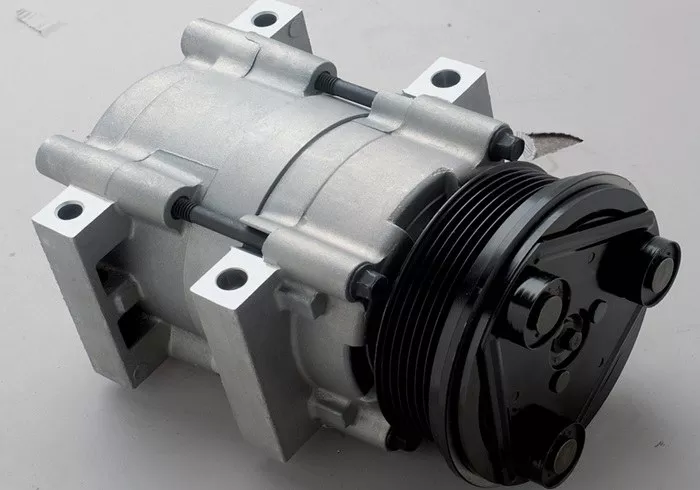Hospitals are among the most critical facilities in any community, requiring uninterrupted power to ensure the safety and well-being of patients, staff, and visitors. Power outages in healthcare settings can have life-threatening consequences, disrupting medical equipment, life support systems, and essential operations. To mitigate these risks, hospitals rely on backup generators that provide emergency power during outages. But what types of generators do hospitals use, and what makes them suitable for such a demanding environment? This article explores the types of generators hospitals use, their features, and the factors that influence their selection.
Types of Generators Used in Hospitals
Hospitals use specialized generators designed to meet their unique power requirements and operational demands. The most common types of generators used in hospitals include:
1. Diesel Generators
Diesel generators are the most widely used type of backup power system in hospitals. They are known for their reliability, durability, and ability to provide high power output for extended periods. Key features of diesel generators include:
High Efficiency: Diesel engines are highly efficient and can generate large amounts of power, making them ideal for hospitals with significant energy demands.
Long Runtime: Diesel generators can operate for days or even weeks with proper fuel storage, ensuring continuous power during prolonged outages.
Low Maintenance: Diesel engines are robust and require less frequent maintenance compared to other types of generators.
Automatic Start: Most hospital diesel generators are equipped with automatic transfer switches (ATS) that detect power outages and start the generator within seconds.
2. Natural Gas Generators
Natural gas generators are another option for hospitals, particularly in areas where natural gas is readily available. These generators offer several advantages:
Cleaner Emissions: Natural gas burns cleaner than diesel, producing fewer emissions and reducing the hospital’s environmental impact.
Continuous Fuel Supply: Hospitals connected to a natural gas pipeline have an uninterrupted fuel supply, eliminating the need for on-site fuel storage.
Quiet Operation: Natural gas generators tend to operate more quietly than diesel generators, which is beneficial in a hospital setting.
However, natural gas generators may have limitations in terms of power output and runtime compared to diesel generators, making them more suitable for smaller hospitals or as part of a hybrid system.
3. Bi-Fuel Generators
Bi-fuel generators combine the benefits of diesel and natural gas, offering flexibility and enhanced efficiency. These generators can switch between fuel sources based on availability and demand, providing a reliable backup power solution for hospitals.
4. Standby Generators
Standby generators are permanently installed systems designed to provide backup power during outages. They are typically connected to the hospital’s electrical system and can automatically start when needed. Standby generators are available in diesel, natural gas, and bi-fuel configurations.
5. Portable Generators
While less common in large hospitals, portable generators may be used in smaller healthcare facilities or for specific applications, such as powering temporary medical units or construction sites. Portable generators are typically diesel-powered and offer flexibility in terms of placement and usage.
Key Features of Hospital Generators
Hospital generators are designed to meet stringent requirements for reliability, performance, and safety. Some of the key features include:
Automatic Transfer Switch (ATS): An ATS detects power outages and automatically starts the generator, ensuring a seamless transition to backup power.
Redundancy: Many hospitals install multiple generators to provide redundancy in case one unit fails. This ensures uninterrupted power for critical systems.
High Power Output: Hospital generators are capable of producing significant power output, often ranging from 200 kW to 5 MW or more, depending on the facility’s size and needs.
Compliance with Codes and Standards: Hospital generators must comply with local building codes, healthcare regulations, and industry standards, such as NFPA 110 (Standard for Emergency and Standby Power Systems) and Joint Commission requirements.
Soundproofing and Emissions Control: To minimize noise and air pollution, hospital generators are often housed in soundproof enclosures and equipped with advanced emissions control systems.
Factors Influencing Generator Selection
Several factors influence the choice of generators for hospitals, including:
Power Requirements: The generator must be capable of meeting the hospital’s total power demand, including critical systems like medical equipment, lighting, and HVAC.
Fuel Availability: The availability of diesel, natural gas, or other fuel sources in the area plays a significant role in generator selection.
Budget: The cost of purchasing, installing, and maintaining the generator is an important consideration for hospitals.
Space and Installation: The physical size of the generator and the availability of space for installation and fuel storage must be taken into account.
Regulatory Compliance: Hospitals must ensure that their backup power systems comply with all relevant regulations and standards.
Conclusion
Hospitals rely on highly specialized generators to ensure uninterrupted power during outages, safeguarding patient care and critical operations. Diesel generators are the most common choice due to their reliability and high power output, while natural gas and bi-fuel generators offer cleaner and more flexible alternatives. Regardless of the type, hospital generators are designed with advanced features to meet stringent performance and safety requirements. By investing in the right backup power solution, hospitals can maintain their operations and provide life-saving care, even in the face of unforeseen emergencies.

